White collar crimes
- ByAdmin --
- 21 Sep 2024 --
- 0 Comments
White collar crimes
Crimes involving the theft of money from a place of business are classified as white-collar crimes. CEOs and other high-ranking employees are typically the ones carrying out these crimes. These kinds of crimes can cost the public a lot of money.
Within the company and frequently the community, the individual perpetrating this act enjoys respect and a high social standing.
Examples of white-collar crime include:
• Extortion • Fraud • Bribery • Embezzlement
White-Collar Crimes' Effects
- Effect on the Economy
The financial consequences of white-collar crime are significant. Businesses, investors, and governments may suffer large financial losses as a result of these crimes.
- Effects on Society and Psychology -There can be disastrous social and psychological repercussions from white-collar crime. Employees, investors, and consumers are among the victims of these crimes, and they may feel betrayed and under a lot of stress.
- Organizational Impact White-collar crime victims' organizations must deal with a number of repercussions. They can experience immediate financial losses as a result of fraud or theft. In addition, stock prices and investor trust frequently drop for corporations embroiled in controversies.
- Social Inequality: By diverting funds from public services, white-collar crimes make social disparities worse.
- Global Economic Impact: White-collar crimes may have an impact on the entire world economy due to the growth of digital transactions and linked financial systems. A significant financial fraud in one nation has the power to rattle global markets and cause economic instability.
Indian laws pertaining to white-collar crimes: There are numerous laws in India that address white-collar crimes, such as:
• Bharatiya Nyaya Sanhita, 2023: This is the main law that addresses white-collar crimes in India. It defines and makes criminal offenses including deception and criminal breach of trust, among other things, illegal.
The Prevention of Money Laundering Act of 2002 and the Companies Act of 2013
• The 2003 SEBI Regulations (Prohibition of Fraudulent and Unfair Trading Practices pertaining to Securities Market)
• The SEBI Regulations for the Prevention of Insider Trading, Other laws in India that address white-collar crime include the Information Technology Act of 2005 and the Prevention of Corruption Act of 1988.
Reasons Behind White-Collar Crimes:
The main drivers of such behavior are financial gain, greed, or unstable economies. Some of the factors contributing to the rise in white-collar crime include the following:
o Lack of Awareness: Victims of white-collar crimes usually misunderstand them and are easily tricked by perpetrators because of the ways in which they differ from other types of crimes.
o Greed: Victims of white-collar crimes typically misunderstand them and are readily duped by offenders since their tactics differ from those of traditional crimes.
o Necessity: While rare, these crimes are sometimes undertaken as a last resort to get over financial hardships supporting their family.
o the improper application of laws in this regard: The emergence of such activities is sometimes caused by the inability to enforce current regulations in a strict manner.
Technological advancement: As technology advances, the perpetrators find it simpler to carry out these crimes.
Finding and Stopping White-Collar Crime
- Employee Education and Training: An essential first step is to inform staff members on the subtleties of white-collar crimes and typical fraud techniques. Staff members who receive regular training are better equipped to identify possible risks and serve as the first line of defense in stopping internal transgressions.
- Internal Audits and Controls: Enforcing strict internal controls and conducting frequent audits guarantee open and honest financial operations. These steps not only discourage potential white-collar thieves from entering the company, but they also give important information about vulnerable regions.
- Regulatory Compliance: It's critical to keep abreast of new regulatory initiatives and compliance requirements. In addition to reducing legal risks, compliance fosters an atmosphere of accountability and discourages both internal and external fraud.
- Monitoring and Surveillance: Using data analytics and technological technologies can help spot suspicious activity and patterns that point to white collar crime. We'll talk about how crucial it is to put monitoring systems in place and use data-driven methods to find possible fraud.
- Working Together with Law Enforcement and Regulatory Agencies: One of the most important things you can do to fight white collar crime is to have solid ties with law enforcement and regulatory organizations.
In the 2022 case of Rahul Dinesh Surana v. The Senior Assistant Director, Serious Fraud Investigation Office (Crl.O.P.No.21728 of 2022), the Madras High Court ruled that crimes in the white-collar sector are not carried out without careful consideration for the consequences.
The Court noted that white-collar crimes are especially damaging to society because they are perpetrated by powerful, intelligent individuals who are aware of the consequences of their actions. In the case in question, the bail of the former CEO of Surana Group of Companies was refused because there was a strong indication that an offense had occurred.
Conclusion:
India's economy and development are negatively impacted by white-collar crimes, which have grown to be a serious issue there. To completely eradicate the occurrence of such crimes, the system must be tightly restricted. Enacting strong regulatory laws is necessary to bolster the nation's primary investigative agencies, including the Central Bureau of Investigation, Enforcement Directorate, Income-tax Department, Directorate of Revenue Intelligence, and Customs Department. Most critical, though, is that the public needs to be made aware of these acts.

























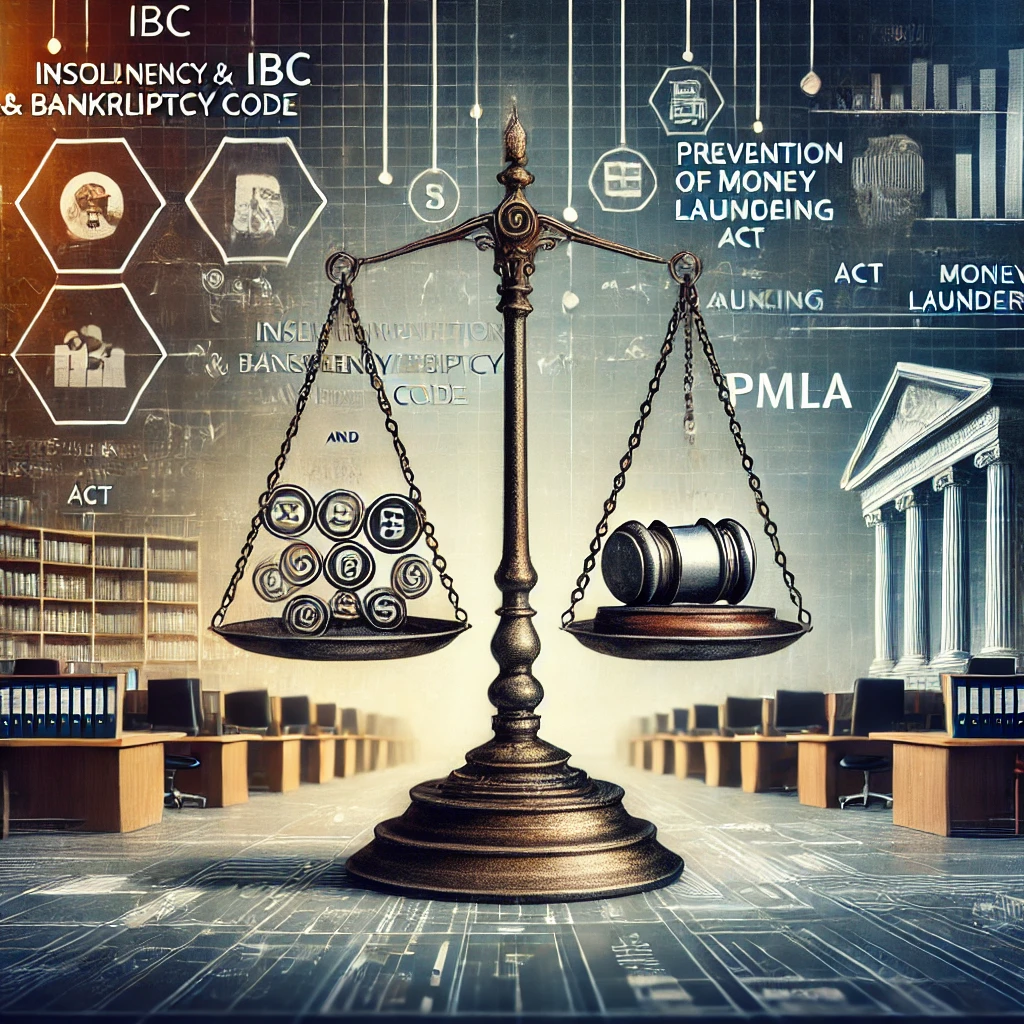














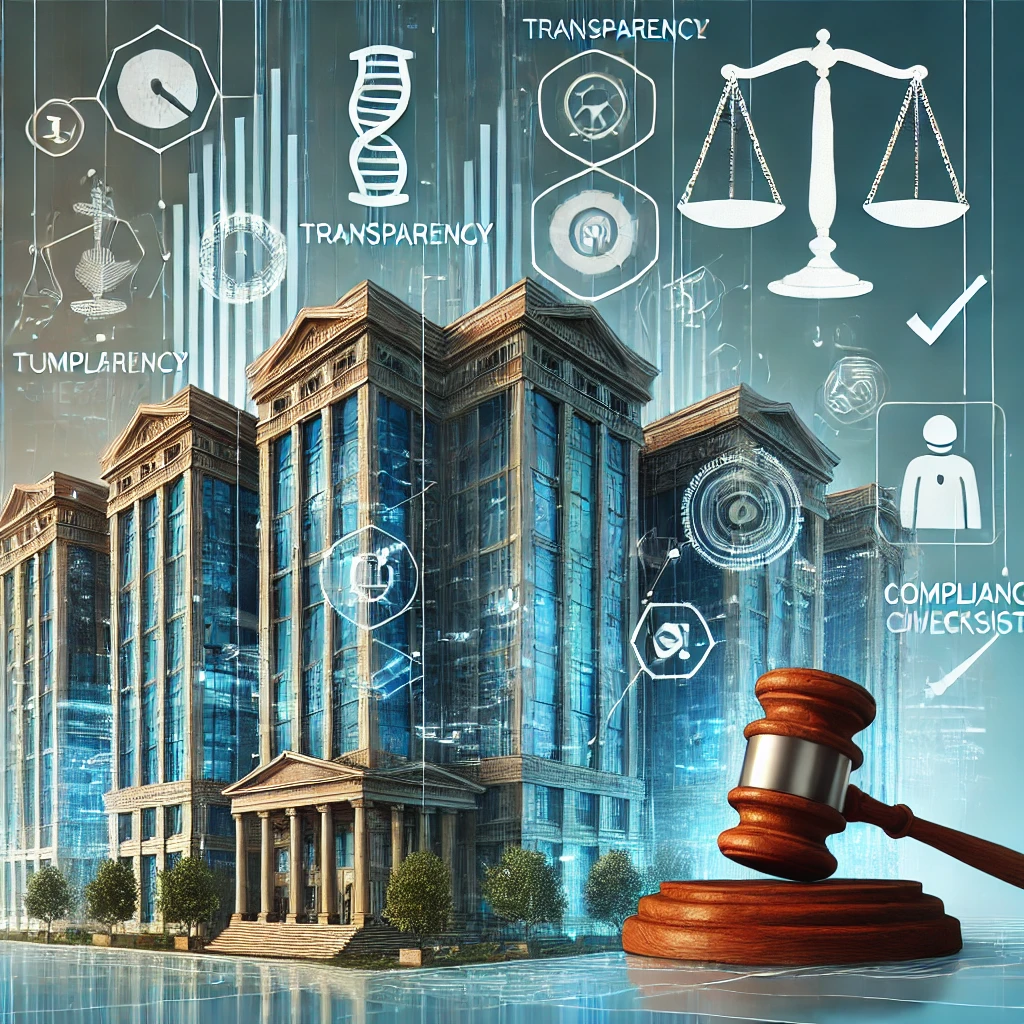

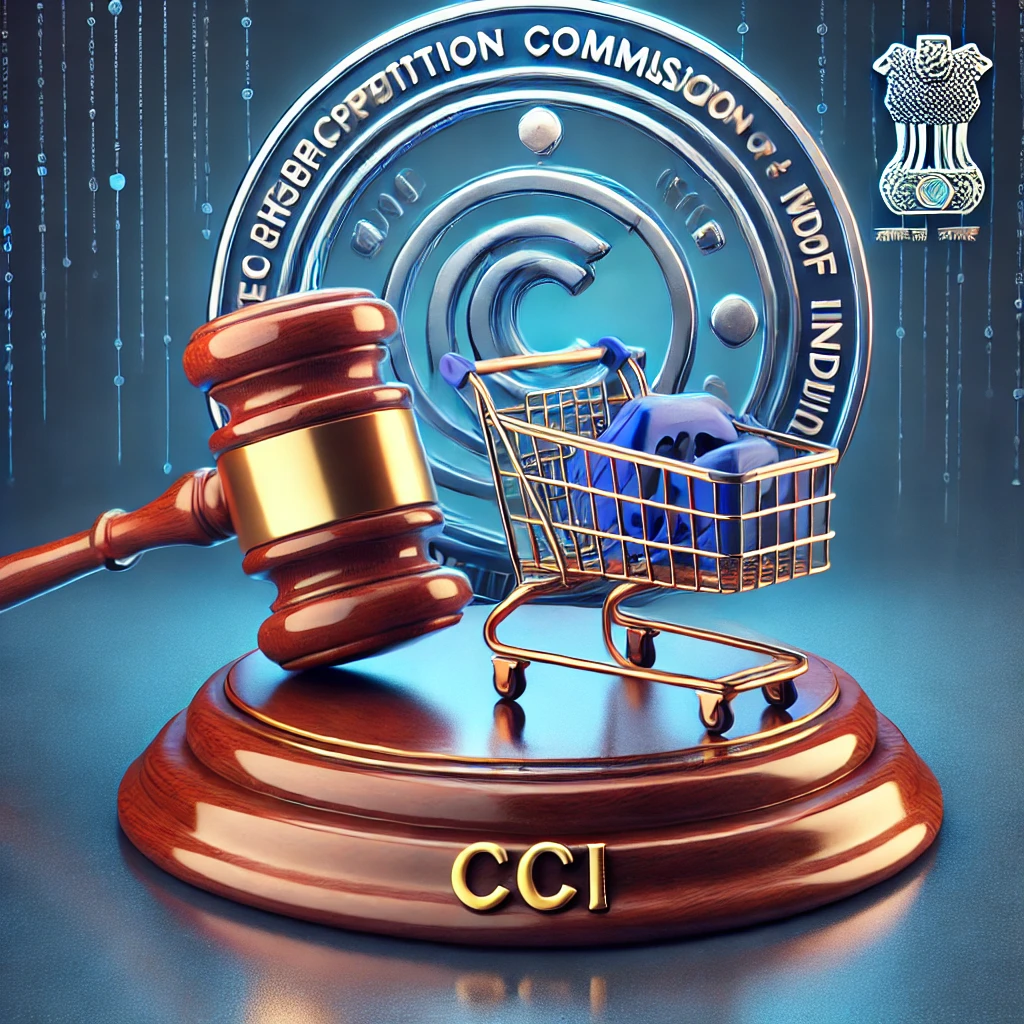



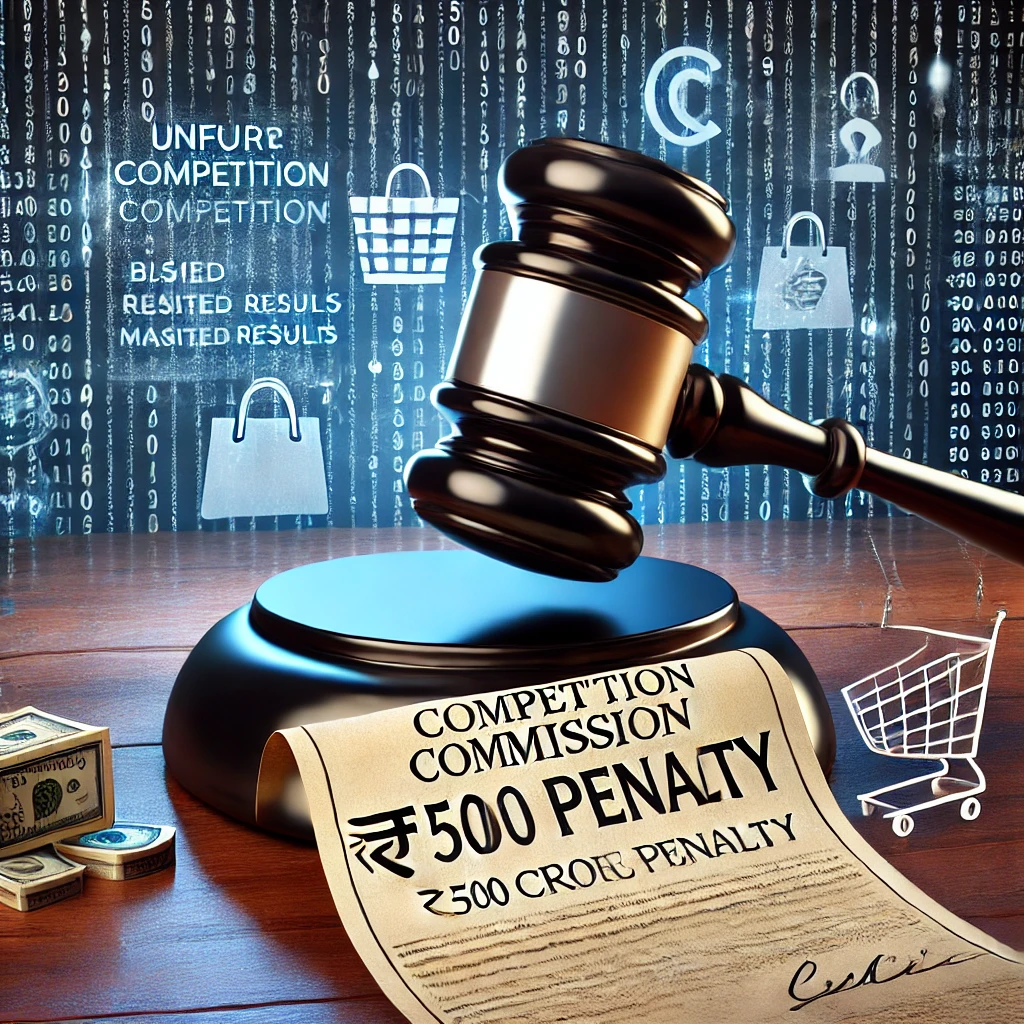














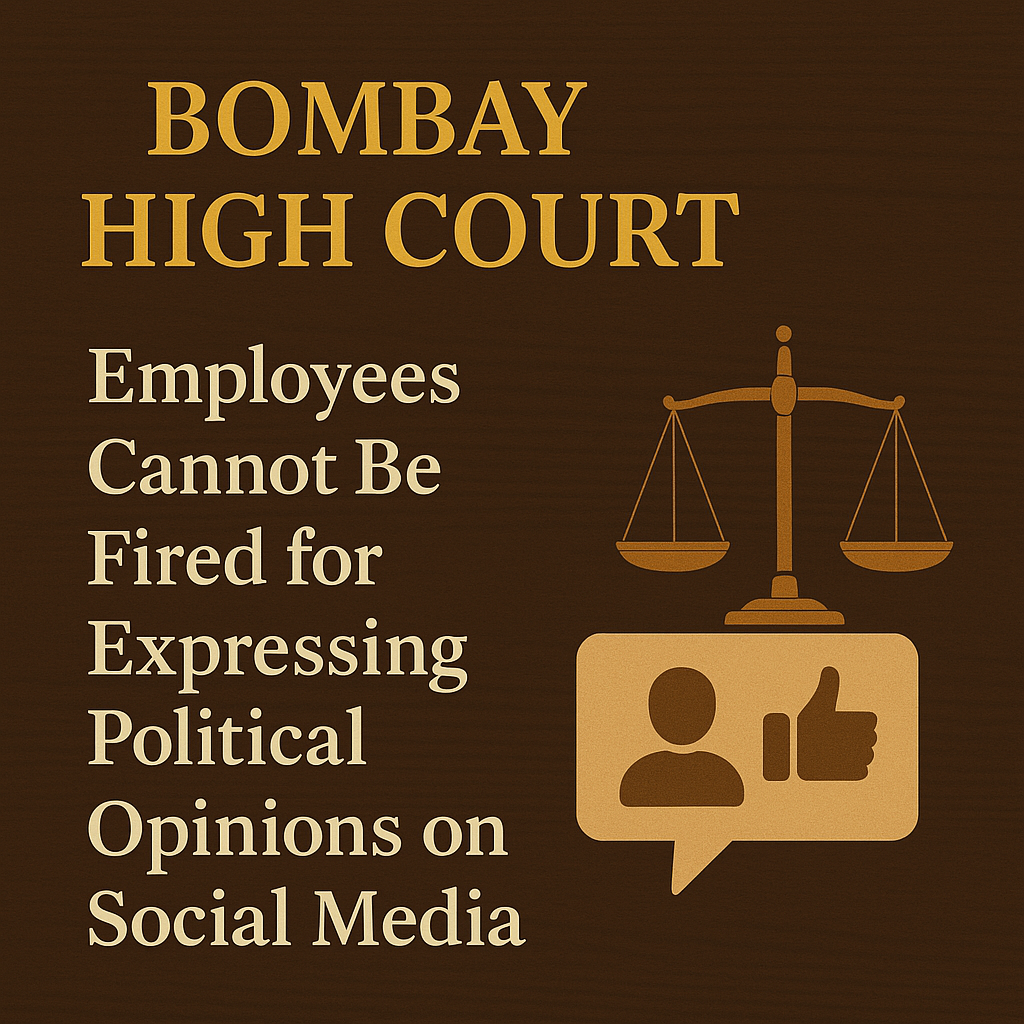









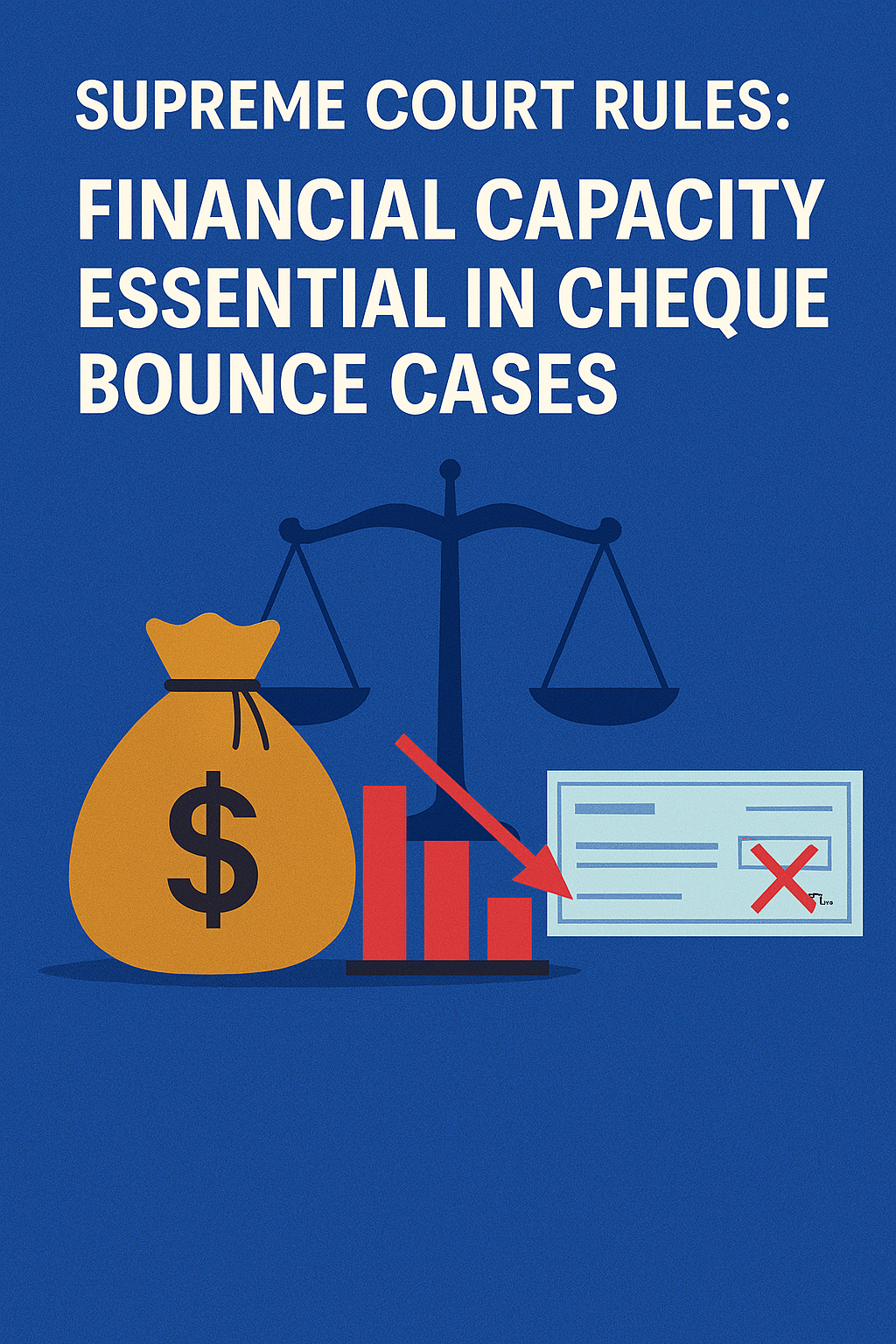



0 comments